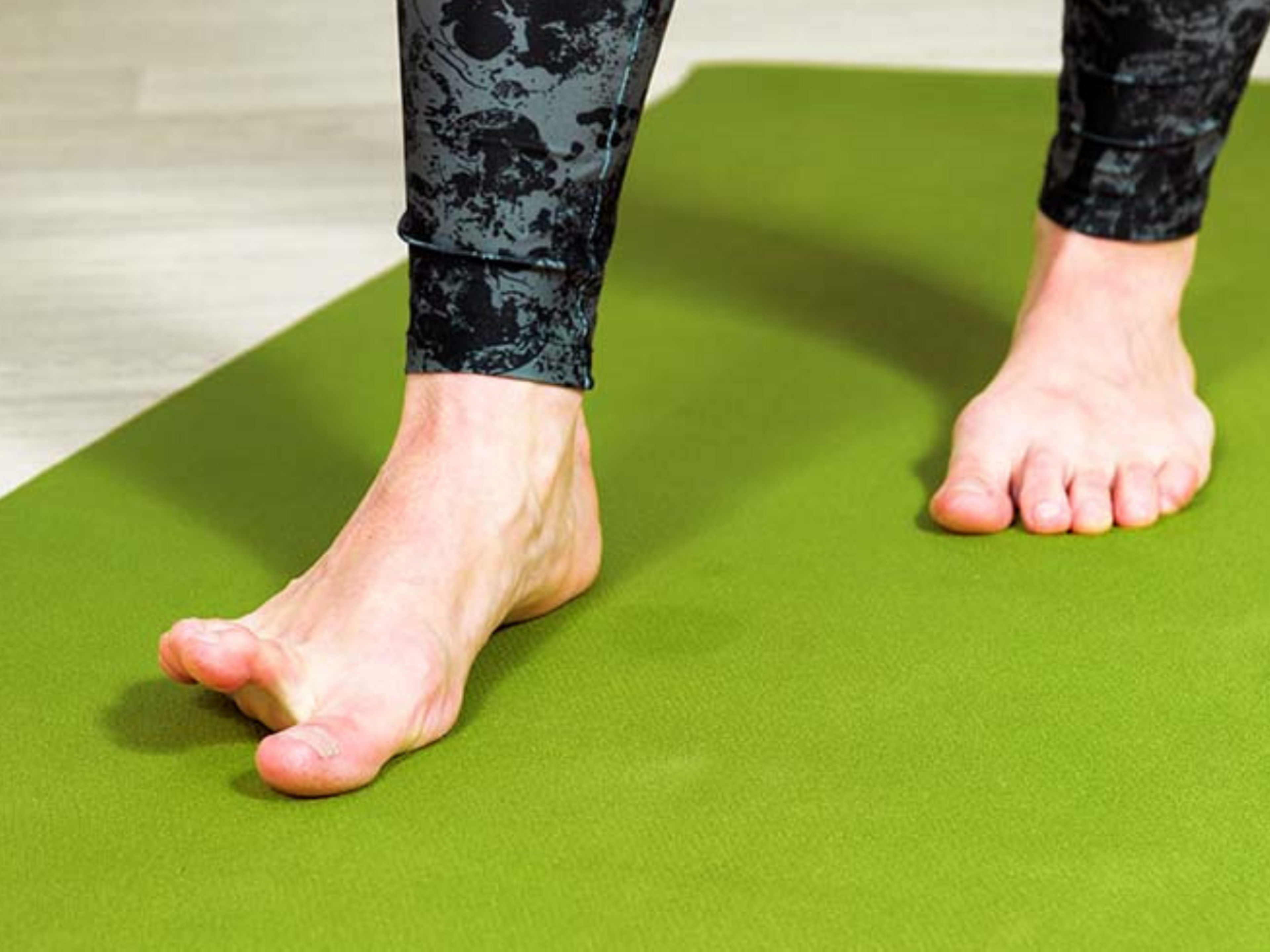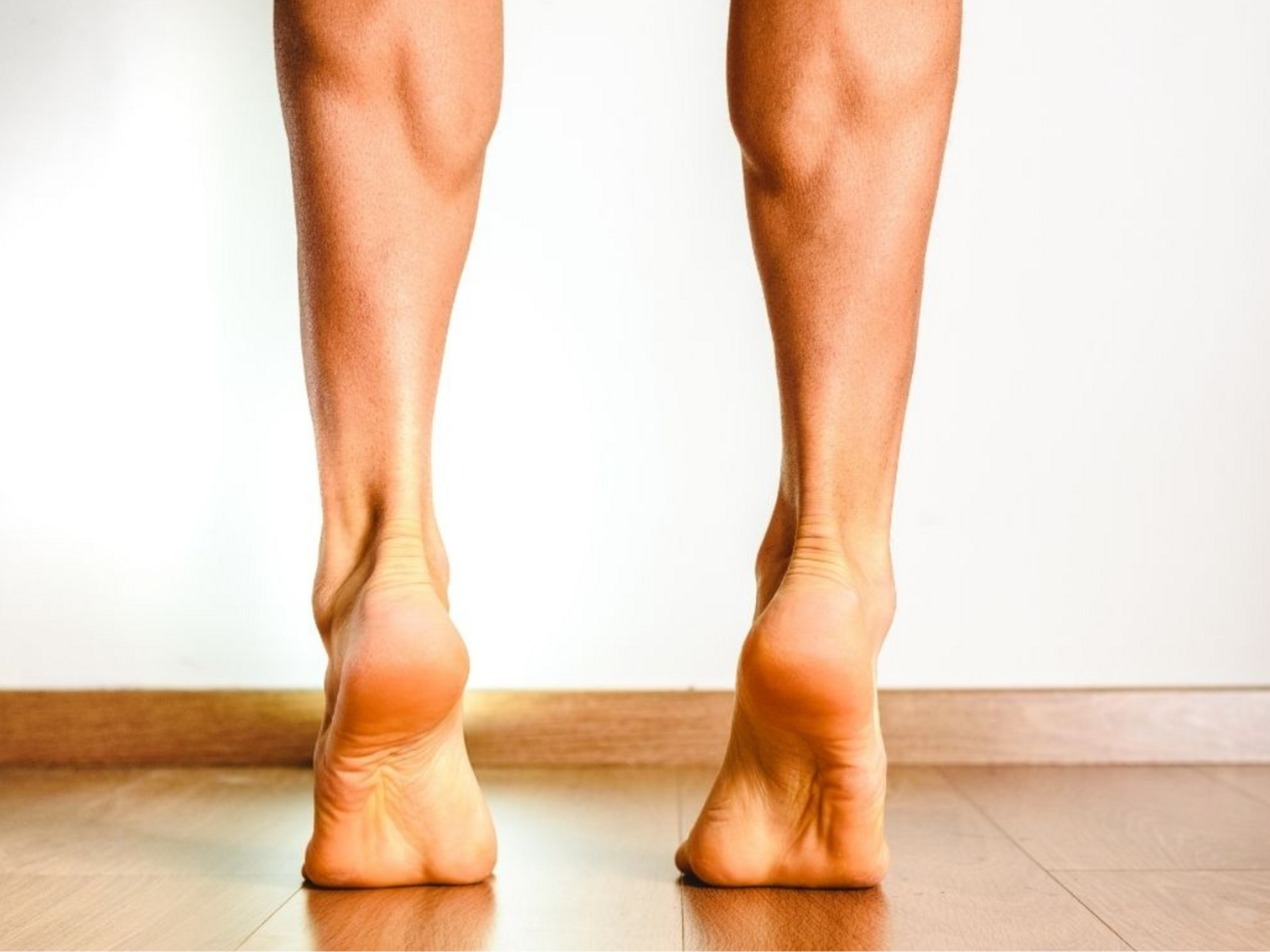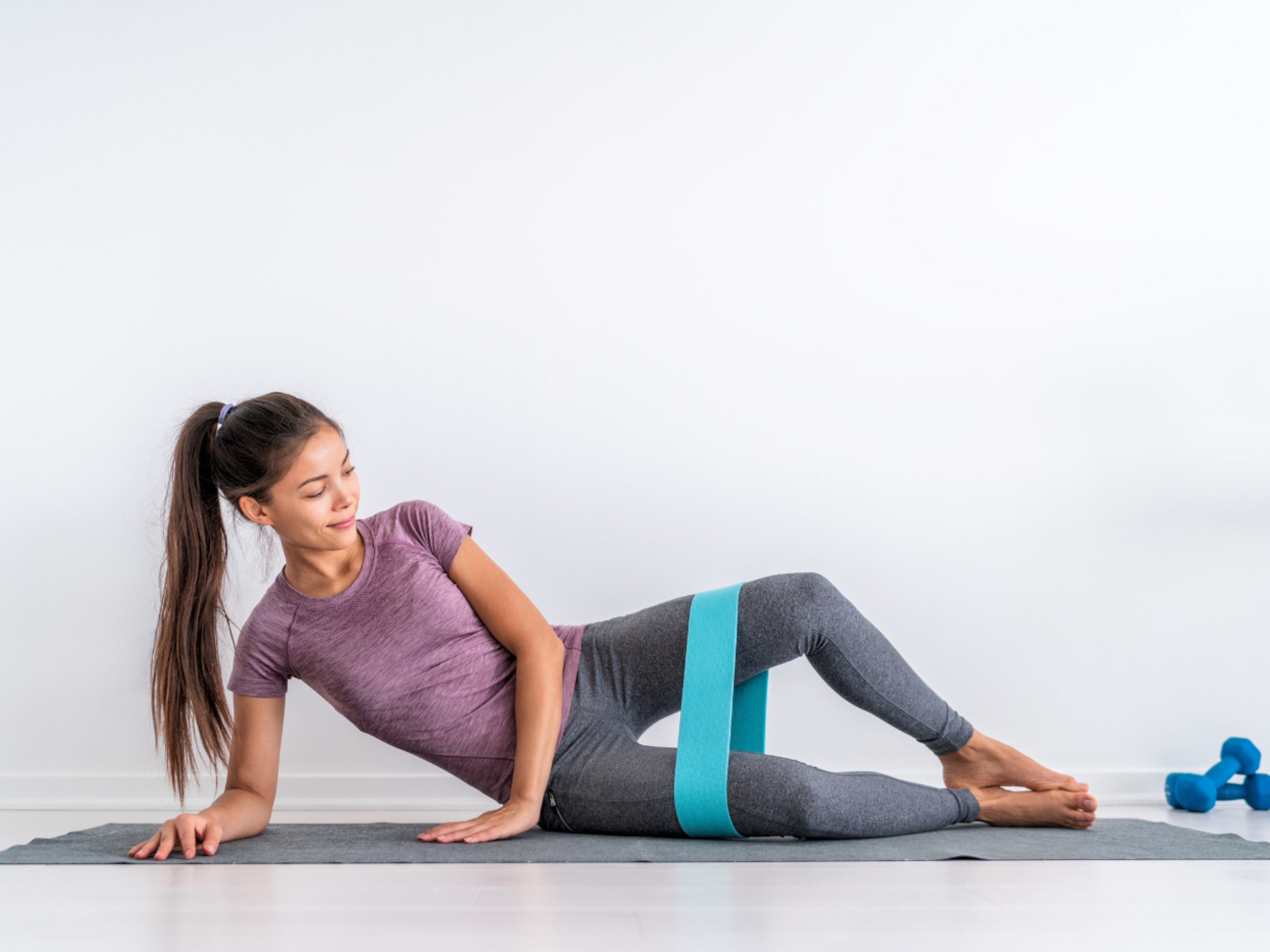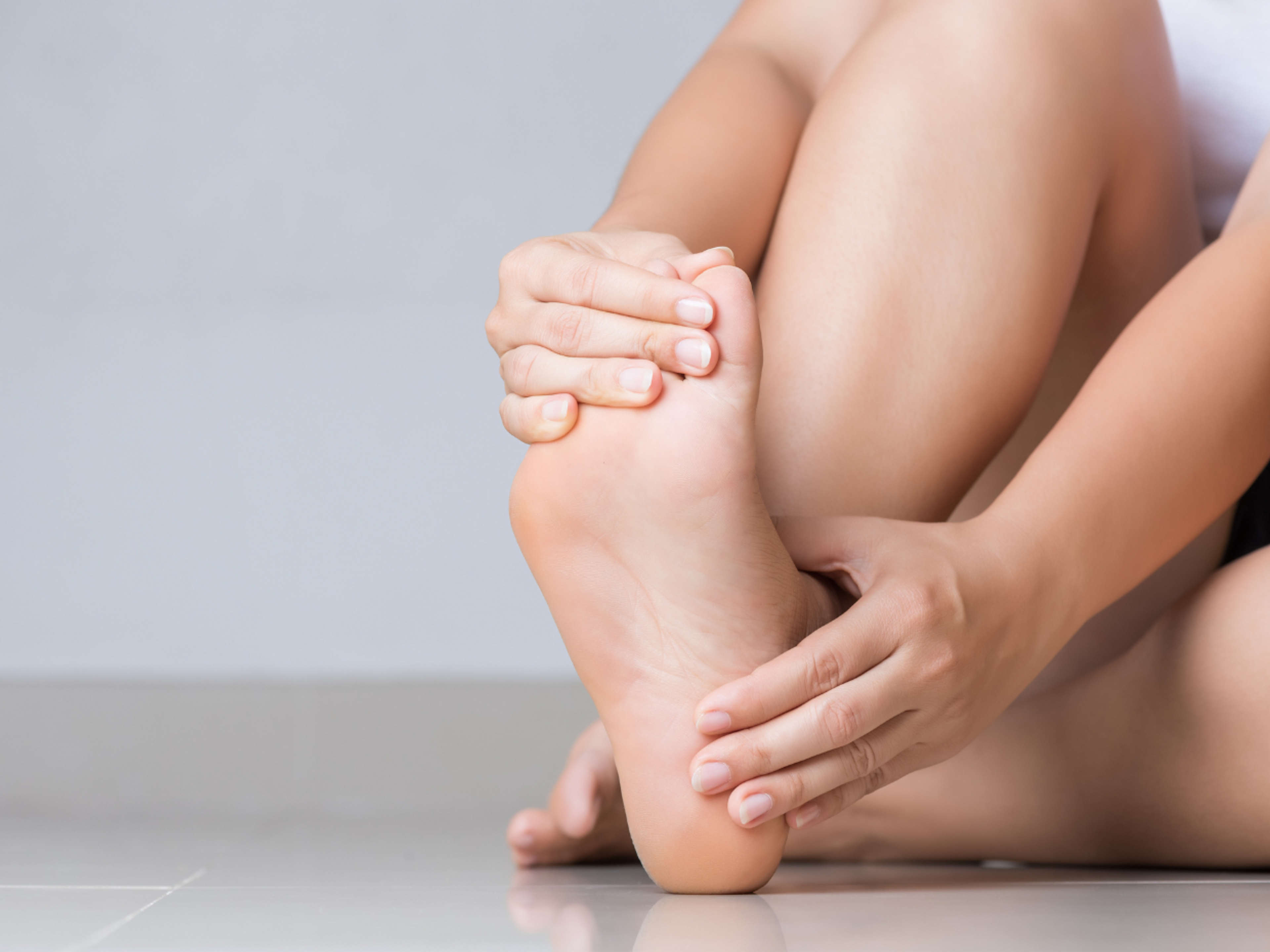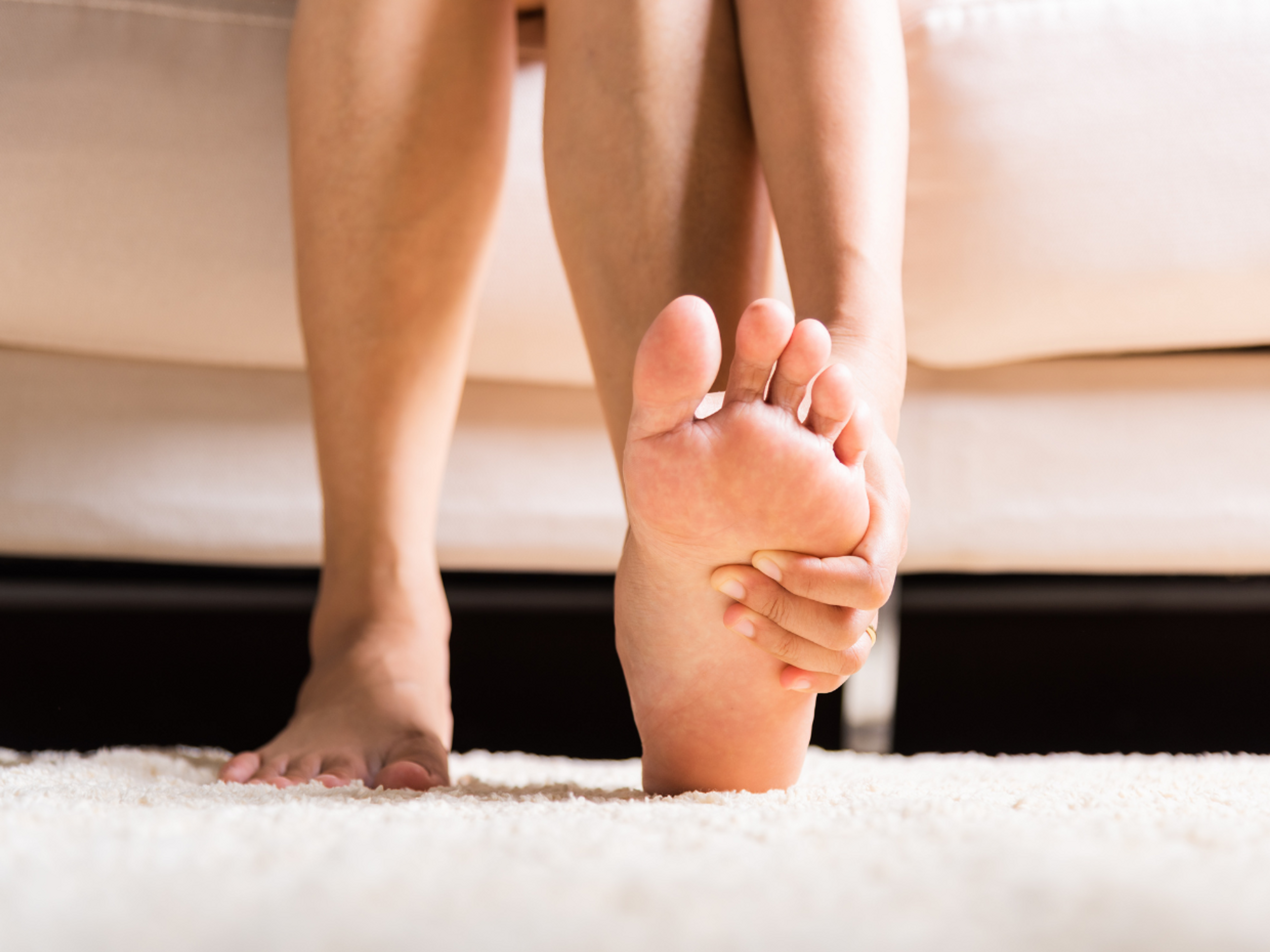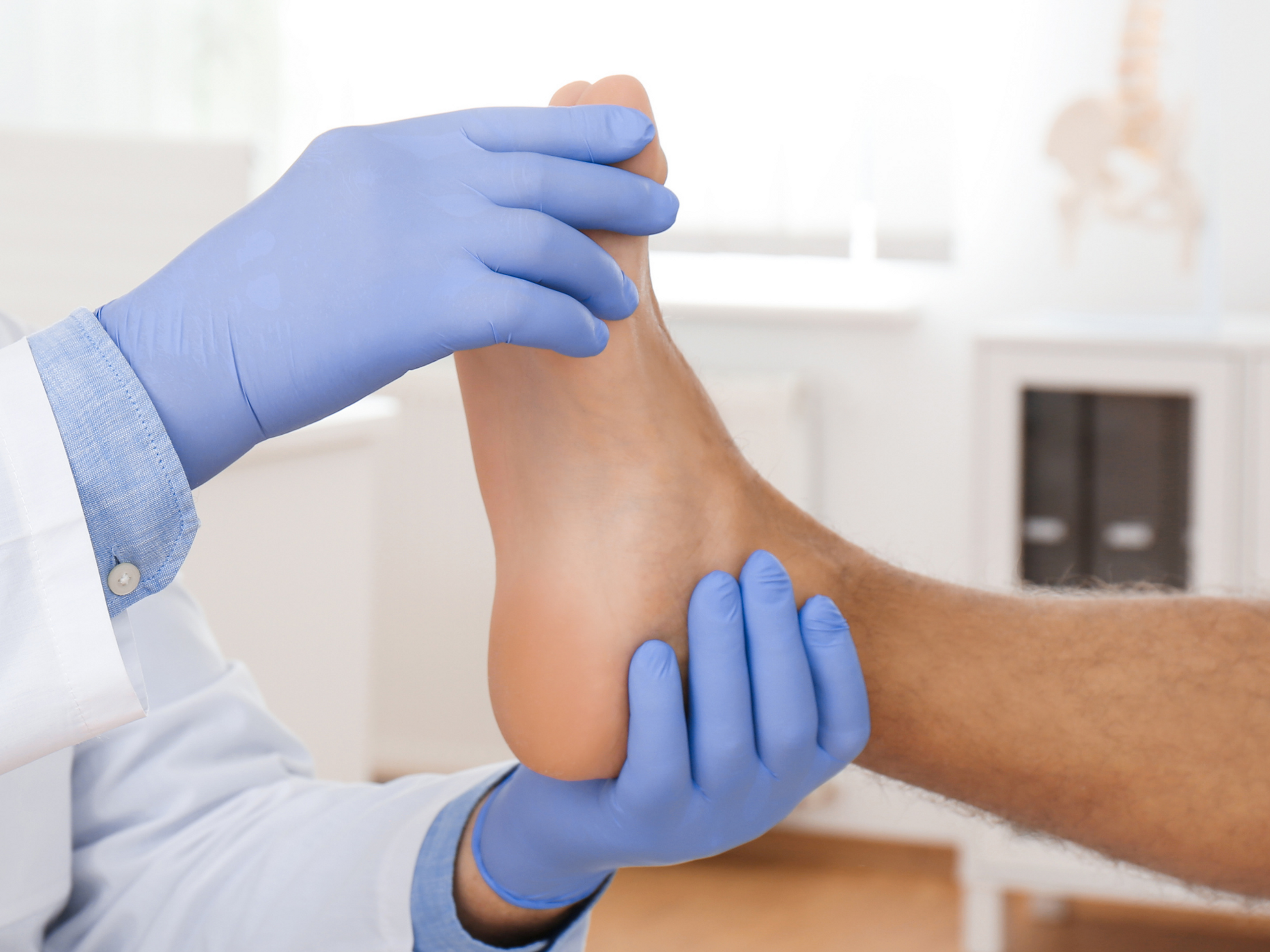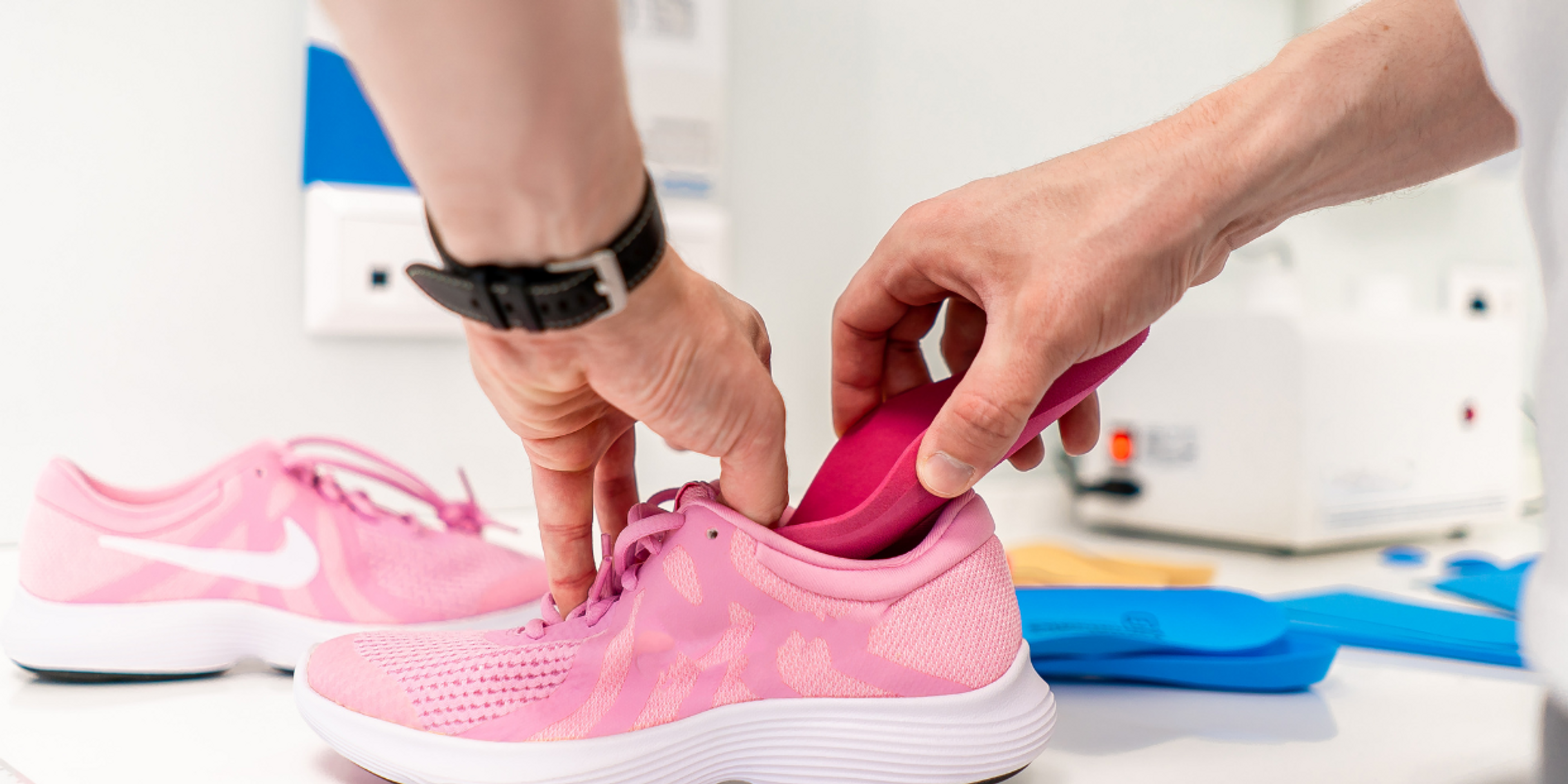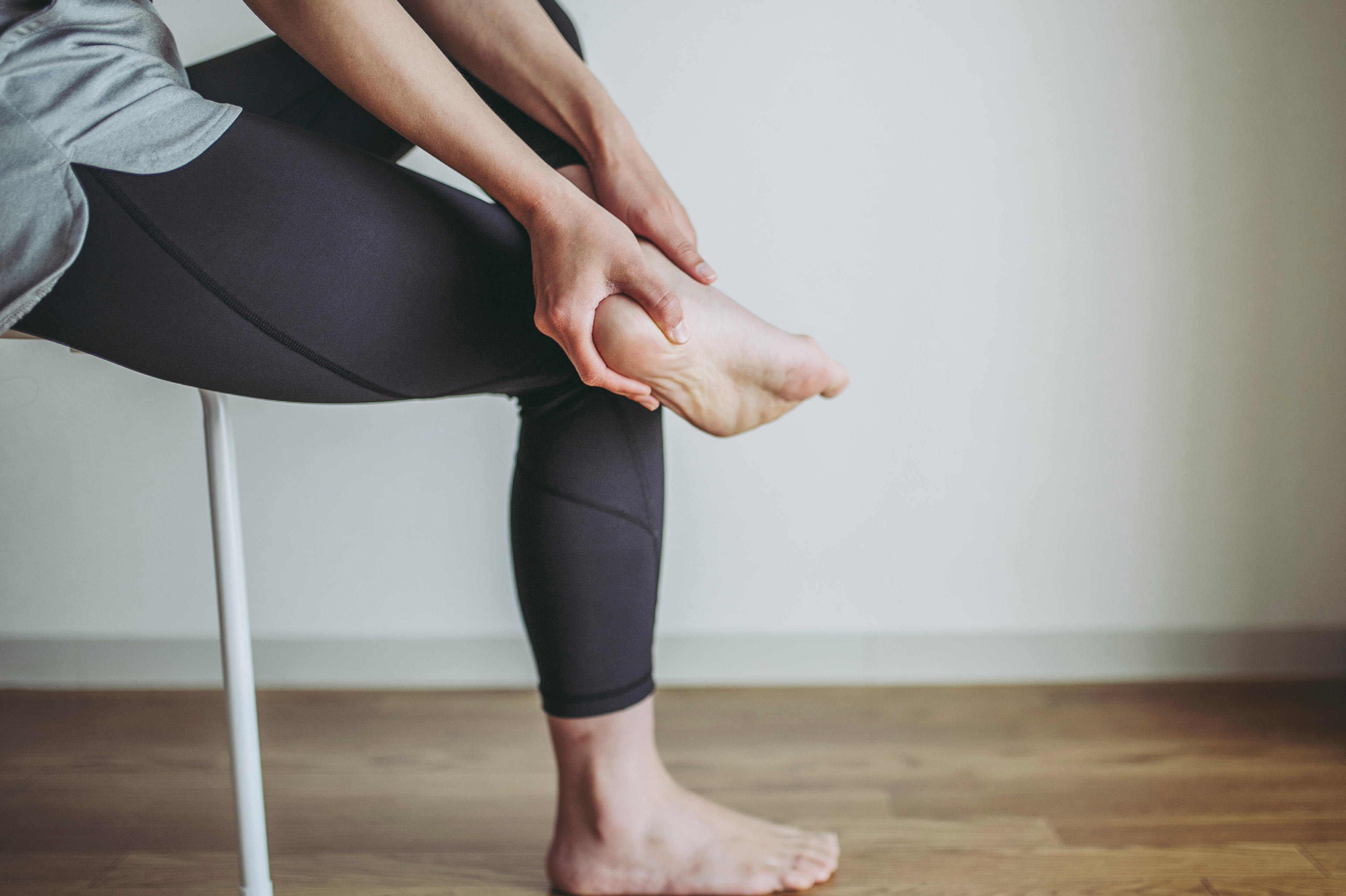Foot exercises for plantar fasciitis - Optimizing strength and control
The best foot exercises for plantar fasciitis
Many simple yet effective foot exercises can be integrated into your broader plantar fasciitis rehab program, depending on your stage of healing.
Low-load exercises that teach you to activate and use your foot muscles correctly are an excellent place to start. They work well during early rehab when your plantar fascia is still quite painful and easy to flare up.
You can find a detailed discussion of how and why foot muscle exercises help for plantar fasciitis lower down in this article, but let's first look at some exercise examples.
Exercise for improving foot control
How this exercise helps plantar fasciitis
The Toe Yoga exercise is a great place to start if you are new to foot exercises or lack movement awareness and coordination in your feet. It helps to teach you how to use the individual muscles in the foot in a neutral position and can be done anywhere, anytime.
Foot strengthening exercises
How these exercises help plantar fasciitis
This exercise helps strengthen the intrinsic foot muscles that give the arch of your foot its healthy curved shape. It also keeps it stable while you move and the strain off your plantar fascia!
Exercises that improve foot strength, endurance, and control
How these exercises help plantar fasciitis
Balance exercises are a way of bringing in a functional element to your intrinsic foot strengthening. For example, it helps your foot muscles learn how to switch on correctly when you're standing and builds their endurance in preparation for walking and running.
You need more than just foot exercises
Research shows that people usually must combine several treatments and exercises to recover from plantar fasciitis fully. You can find a detailed discussion of the top 5 evidence-based treatments for plantar fasciitis here.
A comprehensive rehab plan for plantar fasciitis usually includes the following types of exercises:
- Exercises that improve the strength and control of your foot (as discussed above)
- Stretches for the plantar fascia and leg muscles that make up the posterior chain (glutes, hamstrings, calves)
- Exercises that strengthen your hips and improve your control of your legs
The treatment plan in the Exakt Health app is designed to take all of these areas into consideration and provide you with a mix of exercises that are tailored to your stage of healing.
How and why strengthening the foot muscles helps plantar fasciitis
Overview of the foot muscles
The foot muscles are divided into 2 main groups: The external and the intrinsic (internal) muscles.
The external muscles
The external muscles start in the lower leg, cross over the ankle, and attach to the foot. They dorsiflex (lift up), plantarflex (point down), invert (turn in), and evert (turn out) the foot. Examples include the tibialis posterior and tibialis anterior muscles.
The intrinsic muscles
The intrinsic foot muscles originate and end in the foot itself and are divided into 2 groups. The dorsal muscles are on the top and the plantar muscles are on the bottom of your foot.
The plantar muscles consist of 4 layers. They make up the majority of the intrinsic foot muscles and play a greater role than the dorsal muscles in foot function.
Intrinsic foot muscles help balance, stabilize, and support your foot's arch. They also help the external muscles produce fine movements of the toes.
Strengthening your intrinsic foot muscles: Why it matters in plantar fasciitis
Exercises to alleviate foot pain are often directed at the larger external muscles while ignoring the foot's smaller, less obvious intrinsic muscles. The problem with this approach is it misses a crucial element in plantar fascia rehab: The core of your foot!
The "foot core"
Some researchers suggest your foot has a core system similar to your abdominal core.
Your abdominal "core" stabilizes and helps your spine, pelvis, and upper limbs move safely and efficiently – keeping you injury-free. This core stability relies on adequate muscle control and coordination (dynamic control) and enough strength and endurance to bear different loads during your activities (tissue capacity).
If we relate the abdominal core stability concept to your foot, strengthening your intrinsic foot muscles would be like strengthening the core of your foot. As a result, your foot and ankle will be more stable and robust, which can help prevent injuries like plantar fasciitis.
Injury prevention and treatment benefits of strengthening your intrinsic foot muscles
One crucial aspect to understand about your plantar fascia is that it is not structurally equipped nor meant to be the only structure supporting your foot.
Instead, it works with your intrinsic muscles, joints, ligaments, and nerves to stabilize your foot and transfer loads through it as you stand, walk, and run.
Strengthening your core foot muscles can improve your:
- Foot stability
- Shock absorption
- Proprioception (joint position sense)
- Reaction time to changes in your environment
- Foot pain
Even though a flat foot arch is often associated with plantar fasciitis, treatment is not simply about changing the shape of your foot arch. Some people have flat foot arches and have absolutely no issues with plantar fasciitis.
Foot strengthening exercises should aim to make your whole foot more agile, strong, and stable (regardless of its shape) while you're moving. As a result, your foot absorbs and transfers loads more evenly.
In addition, your plantar fascia isn't left to manage all the pressure passing through the foot alone.
The Exakt Health app also offers personalized guidance and evidence-based tips for smoothly and effectively managing plantar fasciitis. You can start using it at any stage of your recovery, and the app will adjust to your current condition, helping you progress towards a full return to sports.
